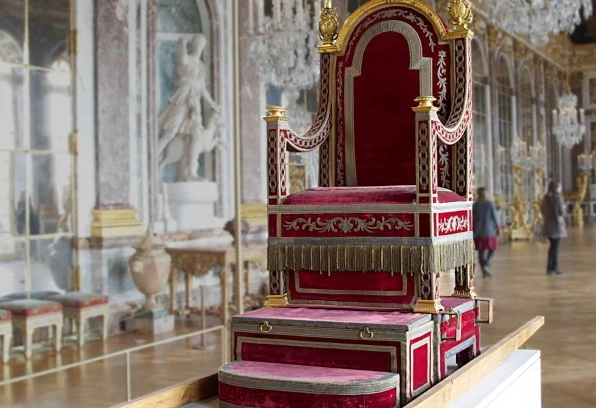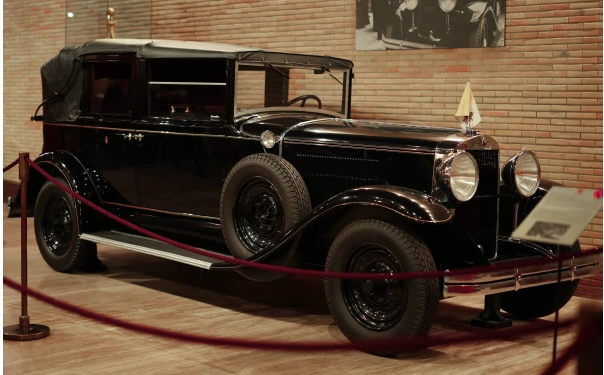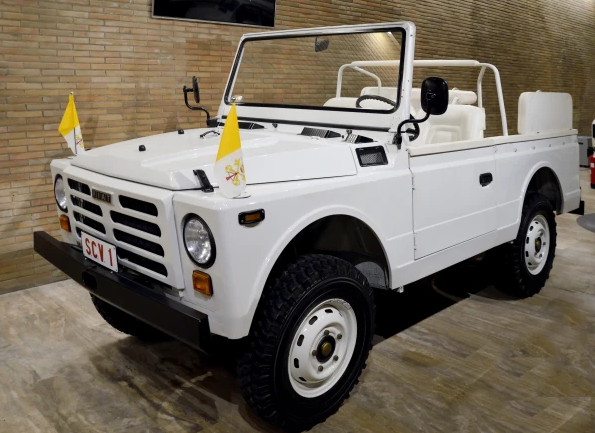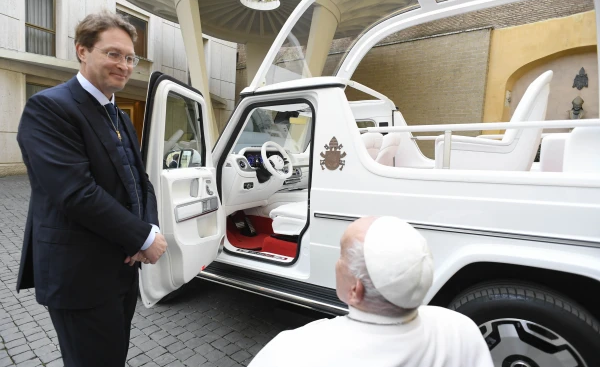The evolution of papal transportation is a mirror reflecting the changing tides of history, faith, and innovation. From being borne aloft on the shoulders of attendants to gliding silently in electric cars, the pope’s modes of travel have transformed dramatically over the centuries.
In earlier times, the supreme pontiff was carried on a grand ceremonial throne known as the sedia gestatoria. This ornate portable chair, flanked by feathered fans called flabella, was a symbol of reverence and solemnity. The tradition endured for centuries, with Pope John Paul I being the last to use this method before it was retired from papal ceremonies.

When longer travel was required, horse-drawn carriages came into use. Among the most majestic of these was the Grand Gala Berliner, crafted in 1826 for Pope Leo XII. Topped with a dove-adorned canopy symbolizing the Holy Spirit, it now rests in the Vatican Museums along with several other historic carriages, including the Pontifical Landau. This open carriage, used by Popes Leo XIII and Pius XI, allowed the Holy Father to wave to the faithful during public appearances.

The real turning point came in 1929, the year of the Lateran Treaty that established the Vatican City State. That same year, Pope Pius XI ushered in the automotive age by receiving an American-made Graham-Paige 837. Its plush interior was modeled to resemble a papal throne, and it marked a historic milestone as the first papal vehicle to leave Vatican grounds since the fall of Rome in 1870. The very same vehicle was used years later by Pope Pius XII to visit Rome’s San Lorenzo district after the tragic bombing in 1943.

As decades passed, the Vatican embraced more modern vehicles. Pope Paul VI introduced an open-top car in 1975 for his jubilee celebrations, paving the way for what would become known as the “popemobile.” Pope John Paul II made the popemobile globally iconic, especially after the 1981 assassination attempt in a Fiat Campagnola. Following the incident, security features such as bulletproof glass and reinforced frames became standard.

Pope Francis, known for his humility and environmental consciousness, took a different route. He declined armored cars for most public appearances, preferring simplicity and proximity to the people. Toward the latter part of his pontificate, electric vehicles became his choice of transportation, aligning with his broader push for ecological responsibility. This shift also extended to the Vatican’s vehicle fleet.

The Vatican has received a number of high-profile vehicle donations over the years. Among them was a rare Ferrari Enzo, which Pope John Paul II auctioned to benefit victims of the devastating Southeast Asian tsunami. Similarly, in 2017, Pope Francis received a custom Lamborghini Huracán, which fetched $950,000 at auction. The proceeds supported reconstruction efforts in Iraq’s Nineveh Plains, among other charitable causes.
Continuing his mission of compassion, Pope Francis requested that one of his vehicles be converted into a mobile clinic. Under the guidance of Caritas Jerusalem, the vehicle now serves children in Gaza, bringing essential medical services to those in need.
From regal carriages and shoulder-borne thrones to humble electric cars and mobile medical units, the journey of papal transportation is not just a story of mobility—it is a testament to the Church’s evolving relationship with tradition, modernity, and the needs of humanity.